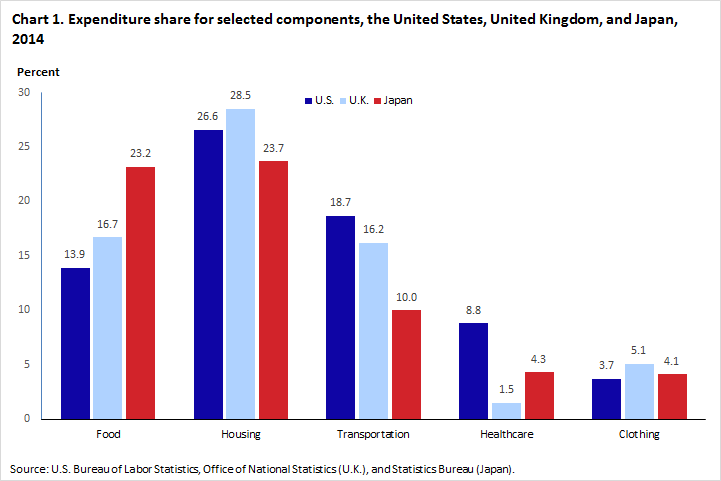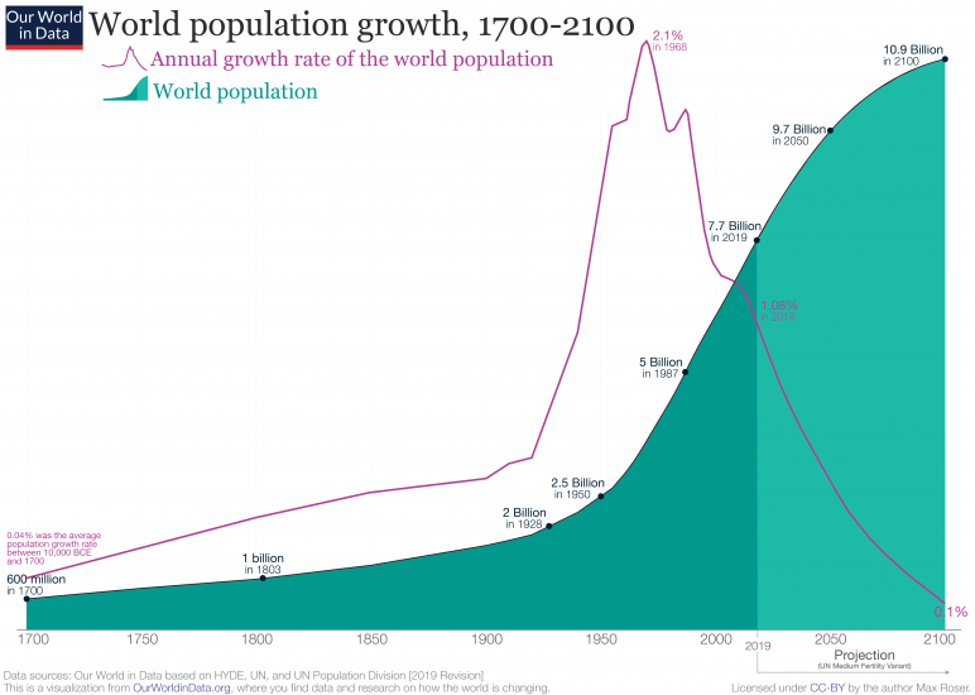Research of environment and their situation, Ansoff's Matrix
The research paper is targeting to identify various environmental conditions impactful in the global marketing variable. The aspect of internationalization entails the adoption of practical measures, which enhance the success of the variable. Global marketing is the primary variable to enhance internationalization, and its success accounts for the success of the entire business. Additionally, the implementation of the strategy entails incorporating relevant stakeholders in the business, an aspect that enhances decision-making. Further, the approach entails the adoption and implementation of effective evidence-based and theoretical strategies, which will, in turn, account for the success of the global marketing initiative. The primary factors to consider are market study and input of the external environment forces such as the government. That is important, as factors enhancing business operations are different in every given nation.
1. INTRODUCTION
Global marketing is a strategy majorly incorporated by multinational companies (MNCs), which entails applying marketing strategies on an international basis for the purpose of expansion and profit generation, upholding growth and prosperity of the business. The research below identifies the variables of global marketing in the identification of environments relevant to global marketing and the application of Ansoff's Matrix.
2. Research
2.2. Background
The application of the variable of global marketing is beneficial to the particular business because the approach encompasses the development of significance in savings; there is no need to expand the parameters of the commodity, such as changes in the product (Agwu et al., 2018). Another significant benefit of the approach is that it results in cost efficiency due to the magnitude of the production and marketing. The approach also improves the quality of marketing programs and enhances the development of logistics standardization. Global marketing influences the development of the company’s image in the international market, which boosts consumer preferences. Enhancement of consumer preferences results in the development of competitive pressures, in turn winning the international competition.
Factors to consider when developing an international marketing framework comprise cultural and consumer behaviors, language, norms of the target population, available and preferable media in the target country for promotion of goods, and the country’s policies and regulations. There are various strategies to enhance the entire global marketing system (Aithal, 2017). The first strategy is internationalization, which involves the development of new markets. The second strategy is diversification that entails mastering new products to suit the preferences and regulations in the new market. Another essential strategy is the segmentation strategy, which encompasses the standardization of products according to common characteristics of a particular market. The fifth strategy is cooperation, highlighting merging with other firms.
2.3. Research Questions
How do the environment and its situation impact the outcomes of global marketing in Multinational Companies (MNCs)?
2.4. Rationale
One of the significant factors for the need of this research is identifying the demographic environment situation regarding the outcomes of global marketing. The situation presents different variables as the situation that influences the success of global marketing. The variables encompass age, gender, and occupation (Bijmolt et al., 2021). Focusing on Figure A (see Appendices), there is a presentation of variation in food purchases according to the variables. It helps to identify the market to target, that is, people at their workplaces or home. There is a need to provide a statistical study on the response and perception of people to global marketing by considering the three aspects because there is a variation in how individuals perceive information focusing on their interests and needs. Additionally, the demographic factors vary from country to country, hence developing a diversified marketing system to address the variables.
Another environmental situation resulting in the need to conduct this research is the economic situation of a particular region and country. Focusing on the conditions of the economic factor, the main variables are spending patterns and purchasing power. Focusing on this situation, the company needs to develop and establish reliable factors, which will influence its involvement in a particular market in a foreign country (Samiee & Chirapanda, 2019). For instance, a company cannot start exporting its products to another country before identifying the population’s financial power, which will dictate their decision to buy the products. In order to address the dynamics of the variable, the research aims to answer the study question by developing a reliable system to incorporate in global marketing, which will address the situation of the economic environment.
Another variable in the environment impacting the global marketing approach is the socio-cultural conditions in the business environment. Socio-cultural factors are the variables describing the buying dynamics of a specific population, focusing on their beliefs and practices (Watson et al., 2018). Focusing on Figure B, there is a potential market in the export of housing products to the US, the UK, and Japan. The variable is significant in describing the viability and success of the global marketing approach. Therefore, there is the need to identify a suitable approach in global marketing that will address the condition of the particular environment.
In identifying the environment’s situation in the enhancement of global marking, it is also essential to highlight the input of the technological environment. Technological advancements resulting in a general expansion of the market opportunities, products and therefore entailing to develop marketing approaches to suit the environment’s dynamism (Isselmann et al., 2017). As Figure C depicts, the current world is into social media. Therefore, reaching the population will be challenging unless the global marketing strategies aim to reach the market through the platform. With such an environment, there is the creation of a situation that entails the development of swift marketing channels. Therefore, the research aims to identify reliable approaches to global marketing by considering the variables of the technological environment.
2.5. Methodology
In order to research the situation of the environment impacting the results of global marketing, the data collection encompasses the study of academic online journals and books through the evaluation of various statistical data on the various environments as stated in the rationale and their contribution to global marketing success. That is also characterized by the relation of the data and identification of practical measures for implementation to counter the environments present in the global marketing approach. Generally, the data collection method is viable for the collection of qualitative and quantitative data.
2.6. Findings
To maximize the input of global marketing strategies under the consideration of the demographic environment, the research has identified that the implementation of the approach should first have a characteristic of deep study on the variations of the situation of the environment. The changes comprise identifications of age variations by factoring in the median age of a country. It will help to understand the size of the market it has in the particular region and develop the content of the marketing strategies (Hollebeek et al., 2018). It majorly is because of the variation in the perception of information among the age groups. It will entail the development of different strategies for marketing in given countries.
The characteristics for marketing a company will put in place will target to attract the age group. Additionally, growth in the world population is an essential factor to consider when developing a global marketing strategy (Lee et al., 2019). The projections of population growth by the end of the century indicate massive population growth, with 70 percent being in areas with low wealth distribution (see Figure D). Therefore, in developing the marketing strategies, it is essential to incorporate the variable, as its implications will determine its attractiveness to customers.
In consideration of the economic forces environment regarding global marketing, there was an identification of significant variations in the economic aspect in various countries from the collection of data through the analysis of the GDP and the average spending power of the population in the country. The analysis of the GDP entails the study of the progressive changes in the country’s GDP to identify the nation’s growth rate and estimate its future position economically (Frick et al., 2021). Additionally, in assessing the economic variable as one of the primary environments influencing global marketing, there was identifying unemployment rate spending patterns. The aspects also contribute to the description of marketing strategies in contrast to the economic state.
Furthermore, from the study on the economic environment of the market, there was an identification of the input of import duty and sales taxes present in a country. From the identification of the various aspects in the economic environment, the research identifies that a business should first consider the outcome of its exploration of the market. The primary global marketing strategy is internationalization. If the factor does not yield desired benefits, the company should refrain from exploring the market and focus on a market with potential maximization of sales, enhancing significant revenue generation (Brooksbank et al., 2018). For instance, in a country where the unemployment rate is high, the purchasing and spending patterns will tend to focus on the locally available products other than foreign products.
Similarly, investing in a region that does not offer potential revenue generation is not advisable from analysis of statistics during the research. As highlighted above, such characteristics as unemployment do not promise income. Other factors, e.g., high rates of import duty and sales tax, do not promise profits. On the contrary, it is essential to introduce products in a country with a high employment rate and favorable sales tax and import duty (Olya et al., 2021). A high employment rate in a country guarantees sales, in turn accounting for revenue generation. Moreover, a country with favorable import duty and sales tax on foreign companies will favor the operations of an MNC. Therefore, implementing global marketing strategies in such a country is a profitable aspect. It enhances the achievement of the primary goal of the company, which is income generation.
Focusing on the political environment in terms of enhancement of global marketing, the research identified that it is essential for a company opting to go international to focus on the operational policies and rules of the country of interest. Additionally, to identify the variable, the company should consider the restrictions put in place by other organizations and individuals within society (Brooksbank et al., 2018). Therefore, the research establishes a system that advocates conducting vivid research on the available policies in a country and identifies their implementation and implications. Despite some policies being similar in various countries, their implementation is different. Similarly, the repercussions for their violations differ.
2.7. Discussion
The purpose of the above research was to identify the implications of the environmental situations in global marketing and internationalization of companies. Due to this study’s execution, the chosen data collection method was a study of online journals with the aim to identify the statistical and qualitative data. From the application of the methodology approach, the study presents various findings. The significant findings are that the environmental conditions play an essential role in dictating the entry and designing the marketing strategies (Hollebeek et al., 2018). For instance, the research presents the statistics essential to invest in an environment promising revenue generation as per the demographic situations. In a conducive social and economic environment, the business should design measures that target the youth more than the older people, as the youth is usually the majority of the country, through the psychological aspect differentiating the perceptions of the older population and the younger population.
Another aspect the research presents is that of focusing on the economic and environmental condition in global marketing; the business should be sure that the population of the specific country would buy their products through the identification of their purchasing power and spending habits. At the same time, the research presents the argument regarding the world population growth analysis. The world population growth projections state that the population will grow to 8 billion people (Frick et al., 2021). 70 percent of the total population will be from the less wealthy strata. Therefore, to enhance the development of practical marketing strategies, a company should focus on adopting strategies that aim to address the issues of wealth levels and distribution through the introduction of affordable products into the international market. In enhancing the approach, the company should also ensure the production of quality products to meet the clients’ needs and wants fully.
3. Ansoff's Matrix
3.1. Recommendation
The research recommends adopting Ansoff’s Matrix, commonly known as the product and market expansion framework. A framework is a tool that helps firms to analyze and develop practical strategies to enhance growth. The Matrix presents four critical variables for consideration that dictate the entire approach. As per the postulations of Ansoff’s Matrix, the first variable is the variable of market penetration. The variable focuses on increasing sales of the existing products to the current market. The application of this particular aspect of the framework entails executing their major approaches (Gurcaylilar-Yenidogan & Aksoy, 2018). The first approach is reducing products and services prices to attract new customers. The second approach is investing more in promotion and distribution approaches. The third approach is the creation of a competitor in the same market.
The second aspect is the product development variable. It entails the development of new products to enhance the satisfaction of the needs of the current market through investment in Research and Development to create new products to enhance the market’s needs (Manotas & Gonzalez-Perez, 2020). Another approach encompasses acquiring competitors’ products and services and contrasting them with the company’s products. Lastly, the aspect also entails the formation of strategic partnerships with other companies I the same market.
The third factor of the Matrix is market development, which entails entry into a new market with the existing products by expanding operations to new regions. The strategies for this approach are catering to different customer segments, entry into a new domestic, and expansion to a foreign market. The fourth strategy is diversification, which describes entry into a foreign market with new products (Suciati et al., 2020). the implementation of the diversification approach encompasses two dynamics: related diversification and unrelated diversification. Related diversification entails the availability of synergies for exploration in the new market. In contrast, there is no potential for synergies for exploitation in the new market in unrelated diversification.
Therefore, from the development of the framework, the most significant dynamics of the Matrix are market development and diversification. However, it is also essential to incorporate market penetration and product development (Gurcaylilar-Yenidogan & Aksoy, 2018). It is because they are the primary variables in establishing a business, which gives it the breakthrough to the international market. The study recommends the merge of the Matrix with the environmental strategies to enhance global marketing.
4. CONCLUSIONS
To maximize the input of global marketing strategies under the consideration of the demographic environment, the research has identified that the implementation of the approach should first have a characteristic of deep study on the variations of the situation of the environment. The analysis of the GDP entails the study of the progressive changes in the country’s GDP to identify its growth rate and estimate its future position economically. Ansoff’s Matrix is a tool that aids firms in analyzing and developing practical strategies to enhance growth. The study recommends the merge of the Matrix with the environmental strategies to enhance global marketing.
Author: Christos Kreouzis
5. BIBLIOGRAPHY AND WEB RESOURCES
Agwu, M. E., & Onwuegbuzie, H. N. (2018). Effects of international marketing environments on entrepreneurship development. Journal of Innovation and Entrepreneurship, 7(1), 1-14. https://link.springer.com/article/10.1186/s13731-018-0093-4
Aithal, P. S. (2017). Impact of domestic, foreign, and global environments on international business decisions of multinational firms: A systematic study. International Journal of Management, Technology, and Social Sciences (IJMTS), 2(2), 93-104. https://papers.ssrn.com/sol3/papers.cfm?abstract_id=3078157
Bijmolt, T. H., Broekhuis, M., De Leeuw, S., Hirche, C., Rooderkerk, R. P., Sousa, R., & Zhu, S. X. (2021). Challenges at the marketing-operations interface in omni-channel retail environments. Journal of Business Research, 122, 864-874. https://www.sciencedirect.com/science/article/pii/S014829631930699X
Brooksbank, R., Subhan, Z., & Miller, S. (2018). What differentiates successful strategic marketing among manufacturers in an emerging vs. developed market? Asia Pacific Journal of Marketing and Logistics. https://www.emerald.com/insight/content/doi/10.1108/APJML-12-2016-0251/full/html
Frick, V., Matthies, E., Thøgersen, J., & Santarius, T. (2021). Do online environments promote the sufficiency of overconsumption? Online advertisement and social media effects on clothing, digital devices, and air travel consumption. Journal of Consumer Behaviour, 20(2), 288-308. https://onlinelibrary.wiley.com/doi/abs/10.1002/cb.1855
Gurcaylilar-Yenidogan, T., & Aksoy, S. (2018). Applying Ansoff’s growth strategy matrix to innovation classification. International Journal of Innovation Management, 22(04), 1850039. https://www.worldscientific.com/doi/abs/10.1142/S1363919618500391
Hollebeek, L. D., Jaakkola, E., & Alexander, M. (2018). Beyond the dyadic: customer engagement in increasingly networked environments. Journal of Service Management. https://www.emerald.com/insight/content/doi/10.1108/JOSM-05-2018-410/full/html
Isselmann DiSantis, K., Kumanyika, S., Carter-Edwards, L., Rohm Young, D., Grier, S. A., & Lassiter, V. (2017). Sensitizing black adult and youth consumers to targeted food marketing tactics in their environments. International Journal of Environmental Research and Public Health, 14(11), 1316. https://www.mdpi.com/1660-4601/14/11/1316
Lee, H. S., & Griffith, D. A. (2019). The balancing of country-based interaction orientation and marketing strategy implementation adaptation/standardization for profit growth in multinational corporations. Journal of International Marketing, 27(2), 22-37. https://journals.sagepub.com/doi/abs/10.1177/1069031X18819757
Manotas, E. C., & Gonzalez-Perez, M. A. (2020).Internationalization and performance of small and medium-sized enterprises from emerging economies. Competitiveness Review: An International Business Journal. https://www.emerald.com/insight/content/doi/10.1108/CR-03-2019-0028/full/html
Olya, H., Taheri, B., Farmaki, A., & Joseph Gannon, M. (2021). Modeling perceived service quality and turnover intentions in gender‐segregated environments. International Journal of Consumer Studies. https://onlinelibrary.wiley.com/doi/abs/10.1111/ijcs.12664
Samiee, S., & Chirapanda, S. (2019). International marketing strategy in emerging-market exporting firms. Journal of International Marketing, 27(1), 20-37. https://journals.sagepub.com/doi/abs/10.1177/1069031X1881273
Suciati, T. R., Kurniawan, D., & Iswahyudin, M. D. (2020).SWOT analysis and Ansoff Matrix in creative food industry business development: A study on creative food business “Komala”. Open Access Indonesia Journal of Social Sciences, 3(2), 69-76. https://www.journalsocialsciences.com/index.php/oaijss/article/download/30/28
Watson IV, G. F., Weaven, S., Perkins, H., Sardana, D., & Palmatier, R. W. (2018). International market entry strategies: Relational, digital, and hybrid approaches. Journal of International Marketing, 26(1), 30-60. https://journals.sagepub.com/doi/abs/10.1509/jim.17.0034
6. TABLE OF FIGURES
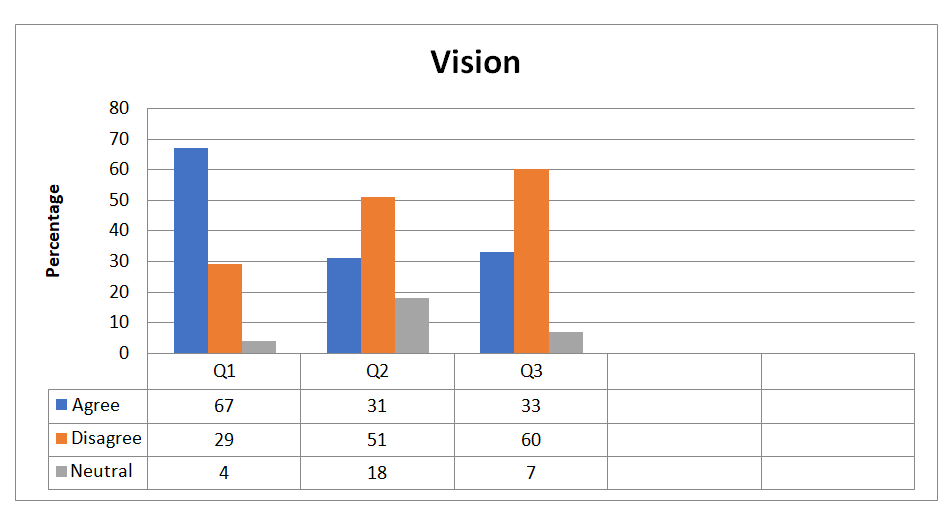
Fig A. Buying and purchasing patterns. Adapted from https://www.bls.gov/opub/ted/2013/mobile/ted_20130607.htm
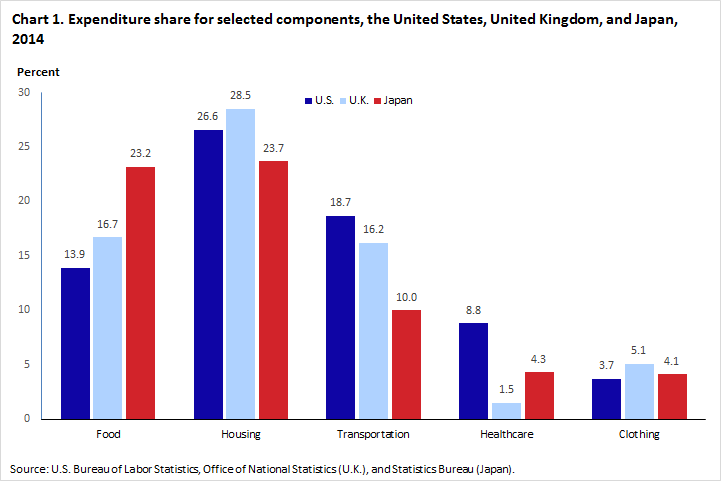
Fig B. Variation in purchases in different countries. Adapted from https://www.bls.gov/opub/btn/volume-6/how-do-united-states-consumer-expenditures-compare-with-the-united-kingdom-and-japan.htm?view_full
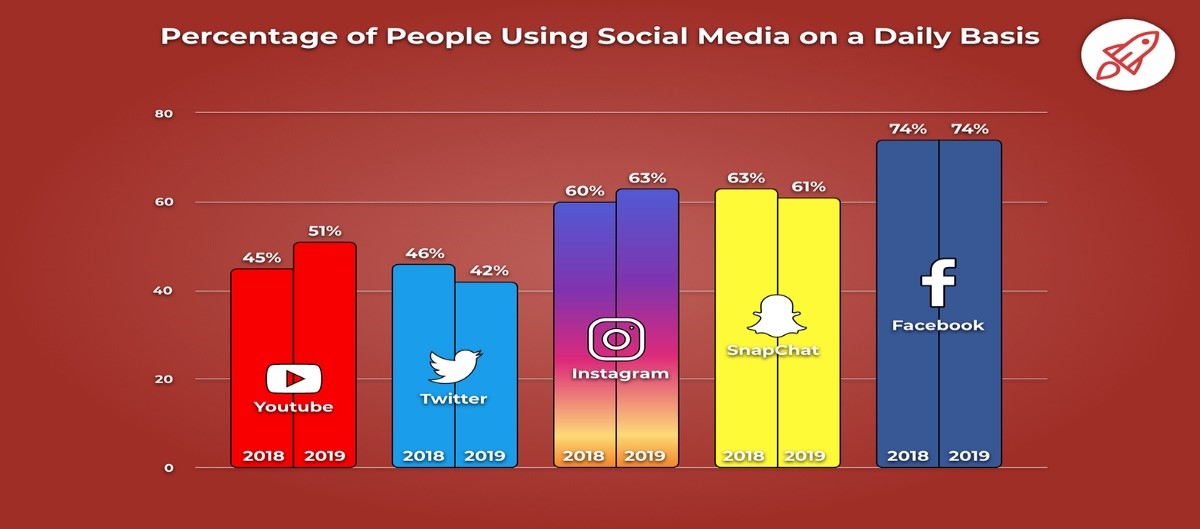
Fig C. Use of social media. Adapted from
https://www.dianedemarcomarketing.com/social-media-the-coronavirus/
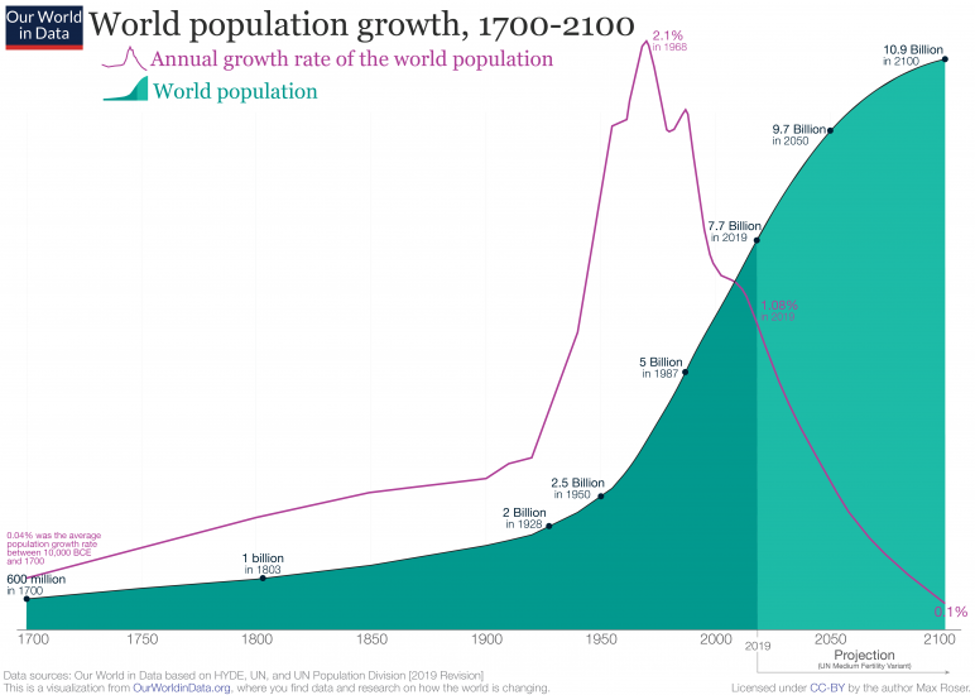
Fig D. World population growth rate and projections. Adapted from
https://en.wikipedia.org/wiki/Projections_of_population_growth
